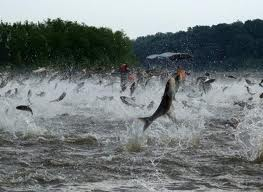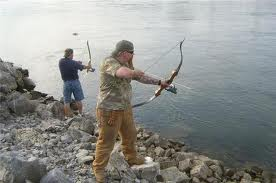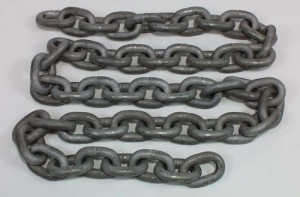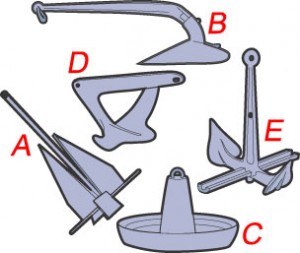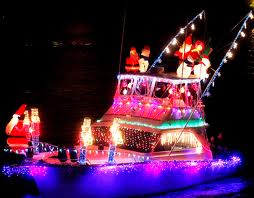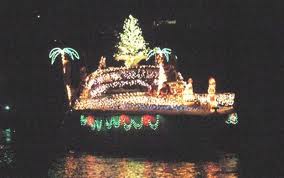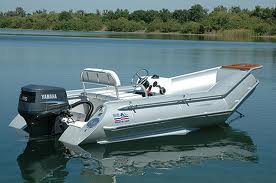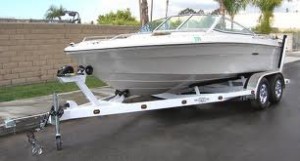Warm-water Fishing in January?
 In a previous post I had mentioned that January is the off-season for boat buying. This remains true, but there are places you can go warm-water fishing in January. The San Marcos Daily Record reports that power plant lakes are perfect for warm-water fishing during the winter. Hot water discharge canals generate a good current flow and warm water pulls in shad and bass in areas of Texas.
In a previous post I had mentioned that January is the off-season for boat buying. This remains true, but there are places you can go warm-water fishing in January. The San Marcos Daily Record reports that power plant lakes are perfect for warm-water fishing during the winter. Hot water discharge canals generate a good current flow and warm water pulls in shad and bass in areas of Texas.
A Daily Record columnist reported successfully trolling for bass while testing out his new outboard engine. If there is a power plant near you, check out whether you can boat in or near the hot water canals. It may still be a bit nippy on the surface for you, so bundle up while you’re enjoying a rare January fishing trip. Remember to properly outfit your engine with Yamalube 2m oil.


